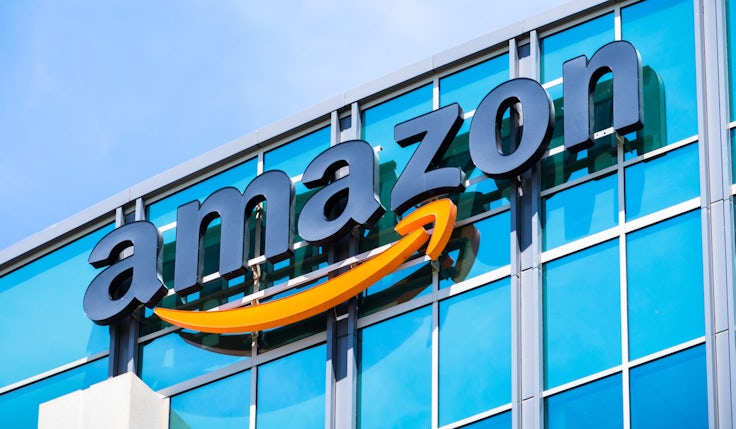
Amazon in Asia-Pacific: A 2020 update
Since its launch in Japan in 2000, Amazon has sought to slowly establish itself in some of Asia-Pacific’s biggest markets. However, the ride has not universally been a smooth one. Here’s how Amazon is faring in Asia-Pacific in the year 2020.

As the coronavirus pandemic forces dozens of retailers to close their doors or drastically reimagine their business models, Amazon is going from strength to strength.
The ecommerce and technology giant, which already wielded outsize clout before the crisis, has gained more than $600bn on its market capitalisation in 2020, overtaking Microsoft as the second-largest company in the world. In its Q2 2020 earnings, it reported a year-on-year revenue increase of 40%, bringing in a total of $88.9bn in sales.
Certainly, in the markets where Amazon is well-established, which include North America and much of western Europe, it seems nigh unbeatable. But it’s easy to forget that Amazon doesn’t have the same dominance everywhere across the globe – in fact, there are regions where it has faced significant challenges in establishing itself and turning a profit.
Amazon has expanded relatively slowly into the Asia-Pacific region for various reasons. There are some markets where it has a long-standing presence: Japan, where Amazon launched in 2000, was one of its earliest overseas markets after the UK, Germany and France. Amazon is also rapidly scaling up its business in India, a country where it has become well-established since launching there in 2013.







